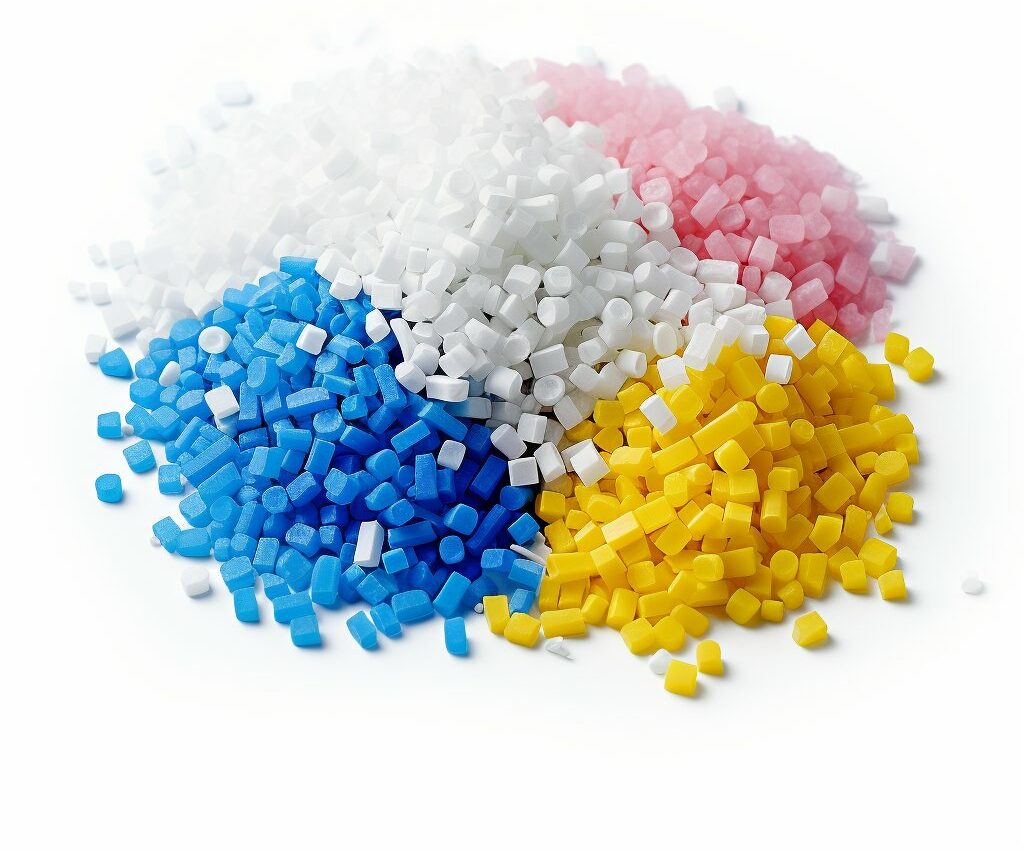Guide to Choosing Food Bags
Using plastic bags to store food poses many potential health risks if not selected and used properly. To ensure food hygiene and safety, you need to note the following points:
Material

- Priority: You should choose plastic bags made from virgin plastic, with the symbols HDPE (high density PE), LDPE (low density PE) or PP (Polypropylene) on the packaging.
- HDPE: Hard, tough, heat-resistant, often used to store frozen foods, ice cubes.
- LDPE: Soft, flexible, tough, often used to store dry foods, fruits, vegetables.
- PP: Transparent, heat-resistant, can be used to store hot foods, cooked foods.
- Avoid: Absolutely do not use plastic bags made from recycled plastic, labeled PVC (Polyvinyl chloride) or Polystyrene (PS) because they are not heat-resistant, easily release toxins when in contact with hot food, and may contain toxic chemicals such as lead, cadmium, DEHA, BPA, which affect the nervous system, hormones, and cause cancer.
Thickness of plastic bags
The thickness of plastic bags is an important factor when choosing a bag to store food. This bag that are too thin are at risk of tearing, leaking, and reducing the hygiene and safety of food. Especially for heavy foods or foods with sharp edges, using thicker plastic bags will help avoid unwanted incidents and ensure food is safely stored.
Size of plastic bags
Choosing the right size of plastic bags is also very important to optimize the food preservation process. Bags with the right size will help keep the amount of air inside the bag low, thereby improving the ability to preserve food and keep them fresh longer. This also helps prevent food waste.
Resins and origin of plastic bags
When buying plastic bags to store food, always choose products with clear origins and full labels. This ensures food hygiene and safety and avoids health-related problems. Avoid bags of unknown origin and look for plastic packaging manufacturers with food hygiene and safety certifications to ensure product quality.
Check the quality of the bag
Before use, carefully check the quality of the bag.
- Carefully check the quality of the plastic bag. Make sure that the bag does not have a bad smell, no tears or unwanted deformations. Only use them made from virgin plastic to ensure food safety.
- Check the expiration date printed on the bag: The expiration date of the bag is also an important factor. Consider the expiration date printed on the packaging and do not use the bag after the expiration date. According to the recommendations of the manufacturers, PP, PE, HD bags can usually be used for about 2-3 years if properly stored. However, to ensure safety, you should replace the plastic bag when there are signs of damage such as: torn, punctured, deformed, smelly, color change.
Common questions related to the risks of using unsafe food bags
- How to distinguish between safe and unsafe food bags? => You should choose bags with full labels, clear origin, made from safe materials, and do not contain toxic chemicals.
- Which food bag is the safest? => These bags made from safe materials such as paper or PP, PE plastic are the safest.
- Can food bags be reused multiple times? => They should not be reused multiple times, as this may contaminate the food with chemicals.
For more information about Hanpak’s plastic bag products, please contact us:
Email: info@hanpak.com.vn
Hotline (Mobile/WhatsApp): +84 898 545 893
Our experienced sales team is ready to assist you. Contact us today to place your order and experience the quality and reliability that Hanpak offers

